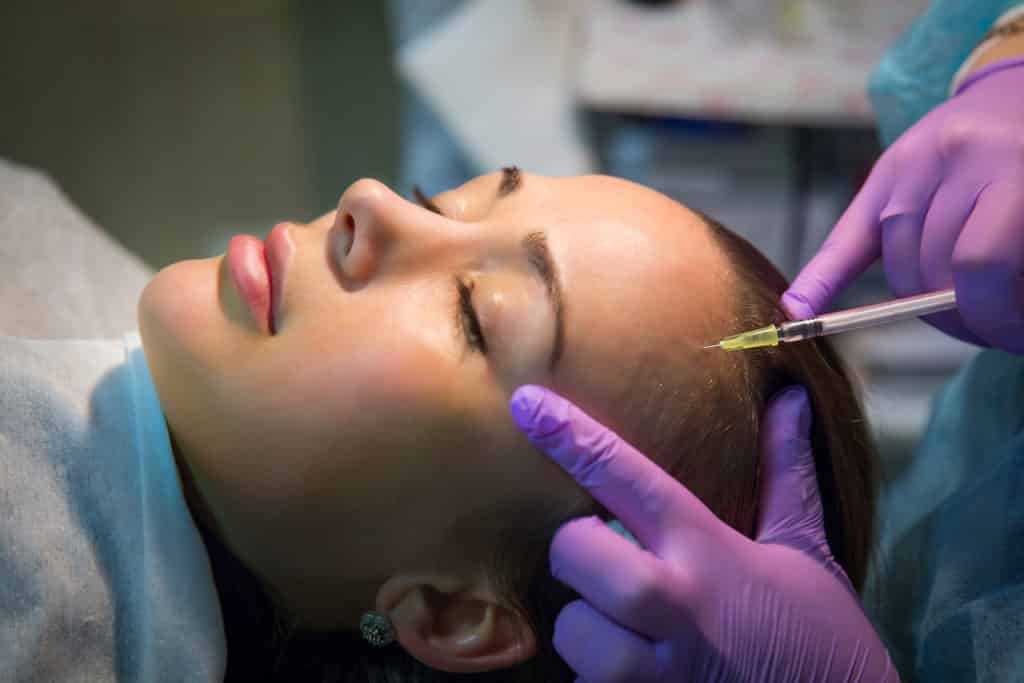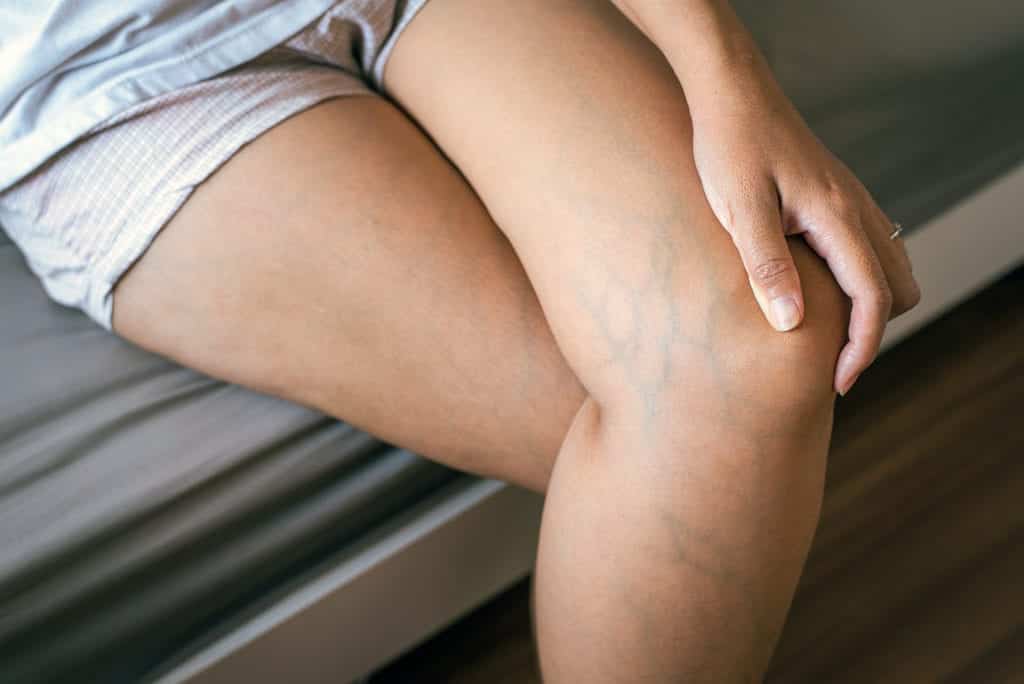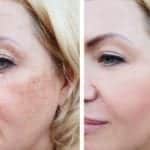

It’s an interesting juxtaposition: Botulinum toxin is one of the world’s most deadly neurotoxins, yet it has a large number of medical and cosmetic uses. You probably know it as Botox.
The toxin is produced by the bacteria Clostridium botulinum, which occurs naturally in soil and many bodies of water. It is believed that a few kilograms of the toxin could kill everyone on Earth.
The toxin itself operates by attacking the nervous system, disrupting communication between neurons and muscles in the body and causing paralysis. Scientists and doctors have found it to be tremendously successful with a number of health issues, and it’s probably best known as a popular cosmetic procedure to treat wrinkles.
Botox has been used since the 1980s
In the 1980s, an ophthalmologist in California had several successful trials with botulinum toxin while working with patients that suffered from blepharospasm (involuntary twitching of the eye). By injecting small, controlled doses of the toxin, he stopped the twitching.
The practice spread, and in 1989 the FDA approved the toxin’s use for treating eye spasms. Around the same time, a researcher in California made a similar discovery: Injecting the toxin strategically in small doses could successfully smooth wrinkles in the forehead of a patient.
A few years later, a couple of doctors working on issues like uncontrolled blinking and lazy eye noticed that the toxin could help clear up wrinkles around the eyes, and a new cosmetic procedure began to catch on.
In 2002, the FDA approved the use of botox to reduce glabellar lines, which are those lines between your eyebrows and above your nose. It’s now the most common cosmetic procedure performed in the United States, with more than 6 million conducted each year.
It is a temporary solution to wrinkles
When the toxin attacks nerves, it blocks a receptor at the end of the nerves that allows muscles to contract. This forces wrinkles to soften, which is why Botox is used routinely on the face to treat crow’s feet between the eyebrows and wrinkles around the mouth.
The toxin is mixed with saline and injected into the desired area, and it usually takes up to three days to see results. But these are temporary fixes — the treatment can last up to six months before muscle activity returns, warranting a reinjection of the toxin.
Botox is not a solution for fine lines caused by sun damage or collagen loss or drooping caused by aging and gravity.
Two types of botulinum toxin are used cosmetically
There are seven types of the toxin, but only two — A and B — are meant for human cosmetic use. Type A is the most commonly used, and in the United States, there are five brands currently in use: Botox, Dysport, Xeomin, Jeuveau and Daxxify.
They are similar but have some distinct differences, though most practitioners use them all.
And in reality, the word “Botox” is kind of like the word “Kleenex” – both are brand names attributed to an entire category of products. We really should use the terms “neurotoxin“ and “facial tissue” instead!
Have questions about Botox?
We cover the most common questions in this blog post. And if you’d like an expert and honest opinion about whether Botox is right for you, schedule a consultation with us. We will discuss your concerns and all options that are available to you.
Posted In: FAQ
Related Posts

February 28, 2019
The Five Most Common Questions About Botox
Botox has become a familiar, household name for anyone who cares for their skin. In fact, it is often the first treatmen...

December 4, 2018
Sclerotherapy Treatment for Spider Veins: Everything You Need to Know
Sclerotherapy treatment for spider veins is an effective option for this unattractive condition. Spider veins are damage...

October 15, 2018
The Difference Between CoolSculpting versus Emsculpt
There are endless articles about CoolSculpting versus Emsculpt and which is better. They are two types of body contourin...


